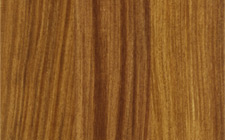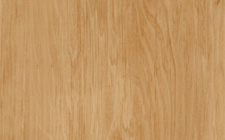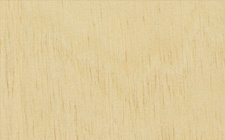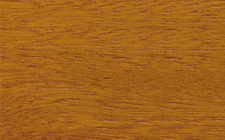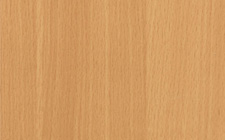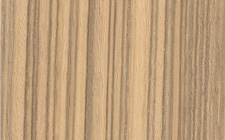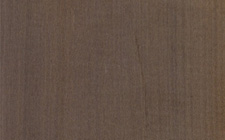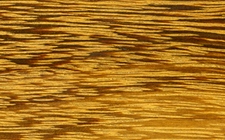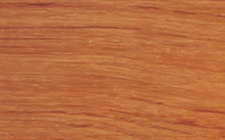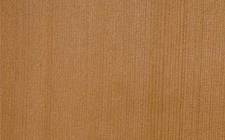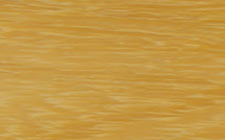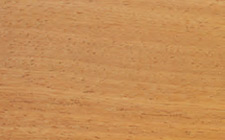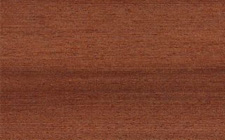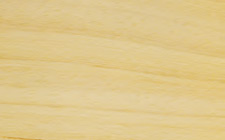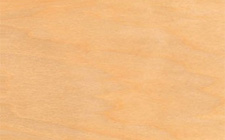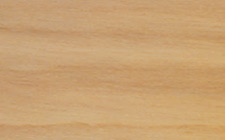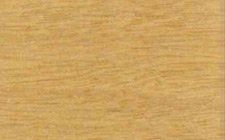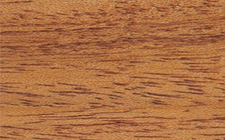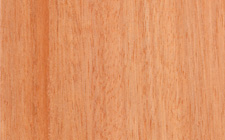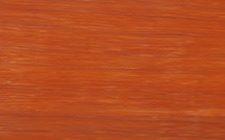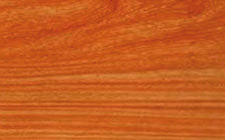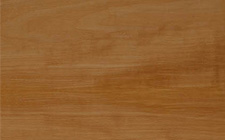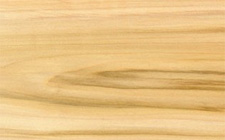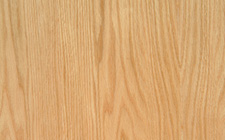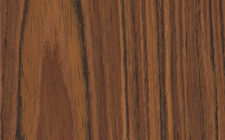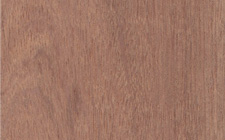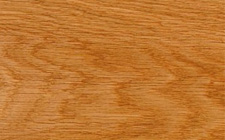Acajou
Botanical name
Khaya Ivorensis
Origin
Africa
Other names
N'dola, Kaju, N'gollon, Acajou Bassam, Krala, African Mahogany, Takoradi Mahogany, Zamanguila, Ogwango, Munyama, Khaya Mahogani, Acajou Blanc, Undia Nunu, Mangona, Zaminguila, Ahafo, Caoba Del Galon, Akuk, Eri Kire, Deke, Heavy African Mahogany
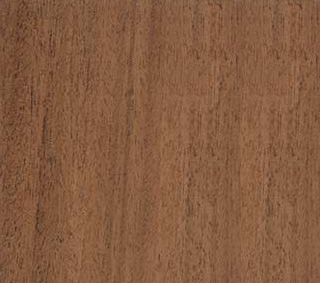
Notes
K. grandifoliola is fairly hard. Physical and mechanical properties of K. ivorensis are lower than other species.
WOOD DESCRIPTION
| Color: |
red brown |
| Sapwood: |
clearly demarcated |
| Texture: |
medium |
| Grain: |
interlocked |
| Interlocked grain: |
slight |
| Note: |
Sometimes, presence of tension wood and brittleheart. |
PHYSICAL, MECHANICAL AND ACOUSTIC PROPERTIES
|
(*: at 12% moisture content, with 1 MPa = 1 N/mm²) Musical quality factor: 110,9 measured at 2646 Hz |
||||||||||||||||||||||||||||||||||||||||
NATURAL DURABILITY AND TREATABILITY
| Funghi (according to E.N. standards): |
class 3 - moderately durable |
| Dry wood borers: |
durable - sapwood demarcated (risk limited to sapwood) |
| Termites (according to E.N. standards): |
class S - susceptible |
| Treatability (according to E.N. standards): |
class 4 - not permeable |
| Use class ensured by natural durability: |
class 2 - inside or under cover (dampness possible) |
| Species covering the use class 5: |
No |
| Note: |
This species is listed in the European standard NF EN 350-2. The AFRICAN MAHOGANY cannot be used without appropriate preservative treatment for end-uses under use class 3, except for some parts of a work such as windows, less exposed than others (entrance doors, shutters ...). |
SAWING, MACHINING AND ASSEMBLING
| Blunting effect: |
normal |
| Sawteeth recommended: |
ordinary or alloy steel |
| Cutting tools: |
ordinary |
| Peeling: |
good |
| Slicing: |
nood |
| Note: | Tendency to woolliness (tension wood) in sawing. Risks of tearing (interlocked grain) in planing. Ribbon like aspect on quartersawn. |
| Nailing / screwing: |
good |
| Gluing: |
correct |


